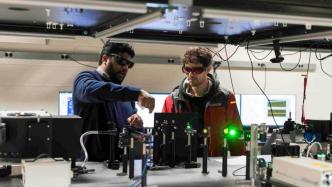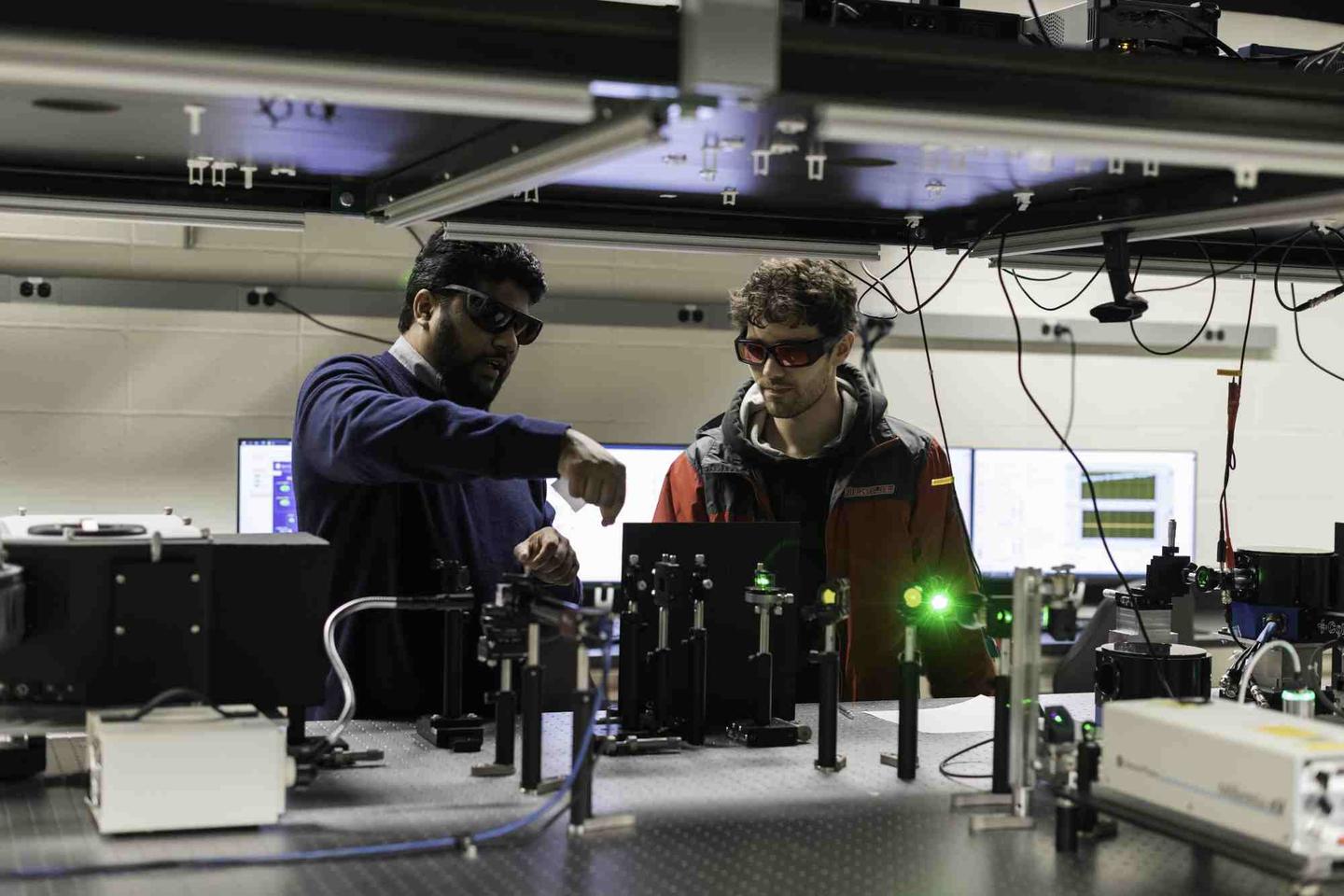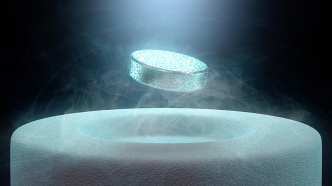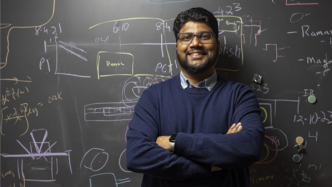

Physicist Ranga Dias (left) in the laboratory.
Physicist Ranga Dias, controversial for his work on room-temperature superconductivity, is about to retract his paper again.
According to "Nature", "Physical Review Letters (PRL) decided to retract a paper by the University of Rochester physicist in the United States. The paper was published in PRL in 2021, and the retraction was based on an investigation that uncovered apparent data falsification.
PRL's decision comes after researchers accused Dias of plagiarizing large parts of his doctoral dissertation. Last year, PRL received an email expressing concerns about possible falsification of data in the Dias paper. This paper is not about room temperature superconductivity, but about the electrical properties of MnS2.
Afterwards, PRL commissioned 4 independent reviewers to investigate.
As part of the investigation, paper co-author Ashkan Salamat, a physicist at the University of Nevada, Las Vegas, provided the raw data used to create the numbers in the PRL paper. But all four investigators found that the figures provided by Dias' longtime collaborator did not match those in the paper. Two of the investigators wrote in their report that their findings "paint a very disturbing picture - clearly falsified data followed by an attempt to hide or cover up the facts". They advocate "immediate retraction of this paper".
PRL agreed with the findings, describing Salamat's submission of "so-called raw data" as "appearing to be a deliberate attempt to obstruct the investigation".
So far, Salamat has not responded. Dias denied any wrongdoing in a statement, claiming: "There is no data falsification, data manipulation or any other scientific misconduct in our work."
Problems with the data in the paper came to light last year when University of Florida physicist James Hamlin noticed that text from his 2007 doctoral thesis appeared in Dias' 2013 paper. That prompted Hamlin to take a closer look at Dias' work.
Hamlin found that the resistance map of GeSe4 discussed in one of Dias' papers matched that of MnS2 presented in the PRL paper very well. The curves in the two graphs are so similar, especially at low temperatures, that "it's hard to imagine it's all a coincidence," he said.
On October 27, 2022, Hamlin raised his concerns with PRL and all authors of the paper. One of the authors, Simon Kimber, a physicist at the Franche-Comté University in Burgundy, France, immediately asked for the paper to be retracted. "The minute I saw the comments, I knew there was something wrong," Kimber said. "There was no physical explanation for the similarity between the datasets."
After analyzing the data, two of the four investigators concluded that the "only explanation for the similarity" in the resistance maps of GeSe4 and MnS2 was that the data were taken from Dias' 2013 paper and used in the 2021 PRL paper. Another investigator backed up the conclusion in his own report by demonstrating how the falsification occurred using a simple mathematical function.
In October 2020, "Nature" reported Dias and his collaborators' research on room temperature superconductivity under high pressure, which aroused widespread attention. However, Nature retracted the paper in 2022 after other researchers were unable to reproduce the results, but the retraction statement made no mention of scientific misconduct. In March of this year, the Dias team published a paper in Nature again, announcing that a lutetium-hydrogen-nitrogen material developed by it had achieved room temperature superconductivity at nearly 1 GPa. (Original title "The superconducting physicist will face retraction again!")


